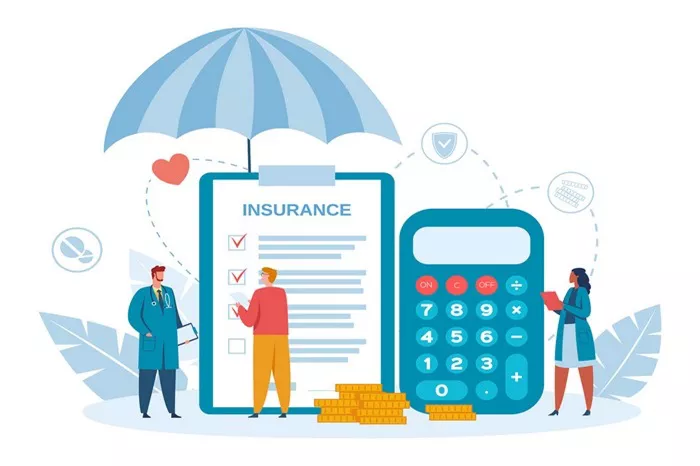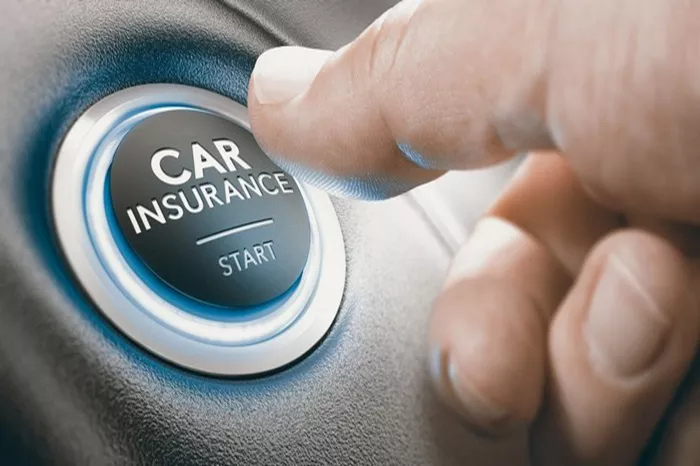When an insurance company declares a vehicle as scrapped, it signifies a significant event in the lifecycle of that car. From a professional insurance perspective, understanding the implications, procedures, and considerations associated with this declaration is crucial for both the insured and the insurance provider. This article will explore the intricacies of what happens when a car is deemed scrapped by an insurance company, structured into several coherent points for clarity and depth.
Understanding the Scrap Declaration
Definition and Criteria
A car being declared scrapped typically means that it has suffered damages that are too extensive or costly to repair, rendering it uneconomical to restore to a safe and roadworthy condition.
Insurance companies usually base this decision on several factors:
Extent of Damage: The total cost of repairs may exceed a certain threshold, often 70%-80% of the car’s current market value.
Safety Concerns: The damage may compromise the structural integrity or essential safety features of the vehicle.
Age and Mileage: Older cars with high mileage may be deemed uneconomical to repair due to their residual value.
Communication Process
Once the insurance company assesses the damage and decides to scrap the car, they will communicate this to the insured through a formal letter or notification. This communication will outline the reasons for the decision, the process for settling the claim, and any next steps required from the insured.
Implications for the Insured
Financial Compensation
The primary financial implication for the insured is the settlement of the insurance claim. Depending on the type of insurance policy (comprehensive, third-party, etc.), the insured may receive:
Actual Cash Value (ACV): This is the estimated market value of the car before the damage occurred, minus any depreciation.
Total Loss Settlement: The insurance company may offer a settlement amount that reflects the car’s value at the time of loss, taking into account factors like age, mileage, and condition.
Replacement Vehicle
If the insured had gap insurance or a loan/lease buyout clause in their policy, they may receive additional assistance towards the purchase or lease of a replacement vehicle. However, this is contingent on the specific terms of the insurance policy.
Loss of Use
The insured may also face inconvenience due to the loss of their primary mode of transportation. Some insurance policies may cover rental car expenses for a certain period following the loss.
Procedures Following Scrap Declaration
Claim Submission and Documentation
The insured must submit a comprehensive claim, including all relevant documents such as:
Police Report: If the damage was due to an accident.
Repair Estimates: From multiple garages, if available.
Proof of Ownership: Vehicle registration, title, or loan agreement.
Photos of Damage: Detailed pictures of the damaged car.
Inspection and Appraisal
The insurance company may arrange for an independent appraisal to assess the damage and verify the claim. This appraisal is crucial for determining the car’s actual cash value and whether it qualifies as a total loss.
Negotiation and Agreement
Once the appraisal is complete, the insurance company will offer a settlement amount. The insured has the right to negotiate this amount, especially if they believe the offered settlement is unfair. If a mutual agreement cannot be reached, arbitration or legal proceedings may be considered.
Handling the Scrapped Vehicle
Transfer of Ownership
Once the claim is settled, the insured must transfer ownership of the scrapped vehicle to the insurance company or an authorized salvage yard. This typically involves signing over the title and providing any required documentation.
Salvage Yard Procedures
The insurance company or salvage yard will then dispose of the vehicle responsibly. This may involve recycling parts, scrapping the metal, or selling the vehicle for parts if it still has some value. In some cases, the insured may be able to purchase back certain parts from the salvage yard.
Environmental Considerations
Proper disposal of a scrapped vehicle is crucial to avoid environmental pollution. Insurance companies and salvage yards must adhere to local and federal regulations regarding the recycling and disposal of automotive waste.
Legal and Regulatory Aspects
Insurance Regulations
Insurance companies must comply with state and federal regulations regarding the handling of total loss claims. These regulations often dictate the appraisal process, settlement standards, and requirements for transferring ownership.
Consumer Protection Laws
Consumers have rights protected by various laws, such as the Magnuson-Moss Warranty Act and state-specific lemon laws. These laws ensure that insureds are treated fairly and receive adequate compensation for their losses.
Reporting Requirements
Insurance companies are required to report total loss claims to various agencies, including the National Motor Vehicle Title Information System (NMVTIS). This helps prevent fraud and ensures that scrapped vehicles are not resold illegally.
Preventive Measures and Future Considerations
Choosing the Right Insurance Policy
To avoid unexpected outcomes in the event of a total loss, it’s essential to choose an insurance policy that fits your needs. Consider options like gap insurance, loan/lease buyout coverage, and rental car reimbursement.
Regular Maintenance and Safety Checks
Regular maintenance and safety checks can help prevent accidents and reduce the risk of your car being deemed a total loss. Keep your vehicle in good condition to maximize its value and extend its lifespan.
Understanding the Claims Process
Familiarize yourself with the insurance claims process before an incident occurs. Knowing what to expect and how to navigate the process can help ensure a smoother and more equitable outcome.
Conclusion
When an insurance company declares a car scrapped, it triggers a series of events that impact the insured financially, procedurally, and legally. Understanding the criteria for scrapping, the implications for the insured, the procedures for handling the claim, and the legal and regulatory framework is crucial for navigating this complex process. By taking preventive measures and choosing the right insurance policy, insureds can better protect themselves and their vehicles against the unforeseen.
In summary, a scrapped car declaration by an insurance company is a significant event that requires careful handling. By following the outlined procedures, understanding the implications, and taking preventive measures, insureds can ensure a fair and equitable outcome. The key is to stay informed, negotiate wisely, and adhere to legal and regulatory requirements to protect one’s interests throughout the process.
Related Topics:






















